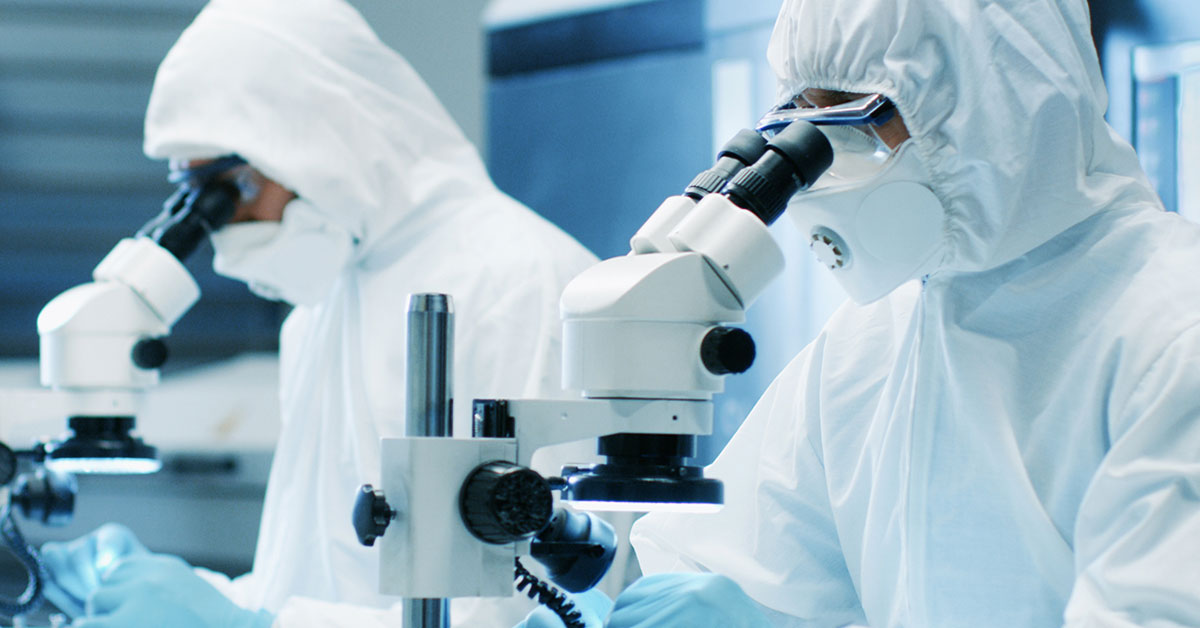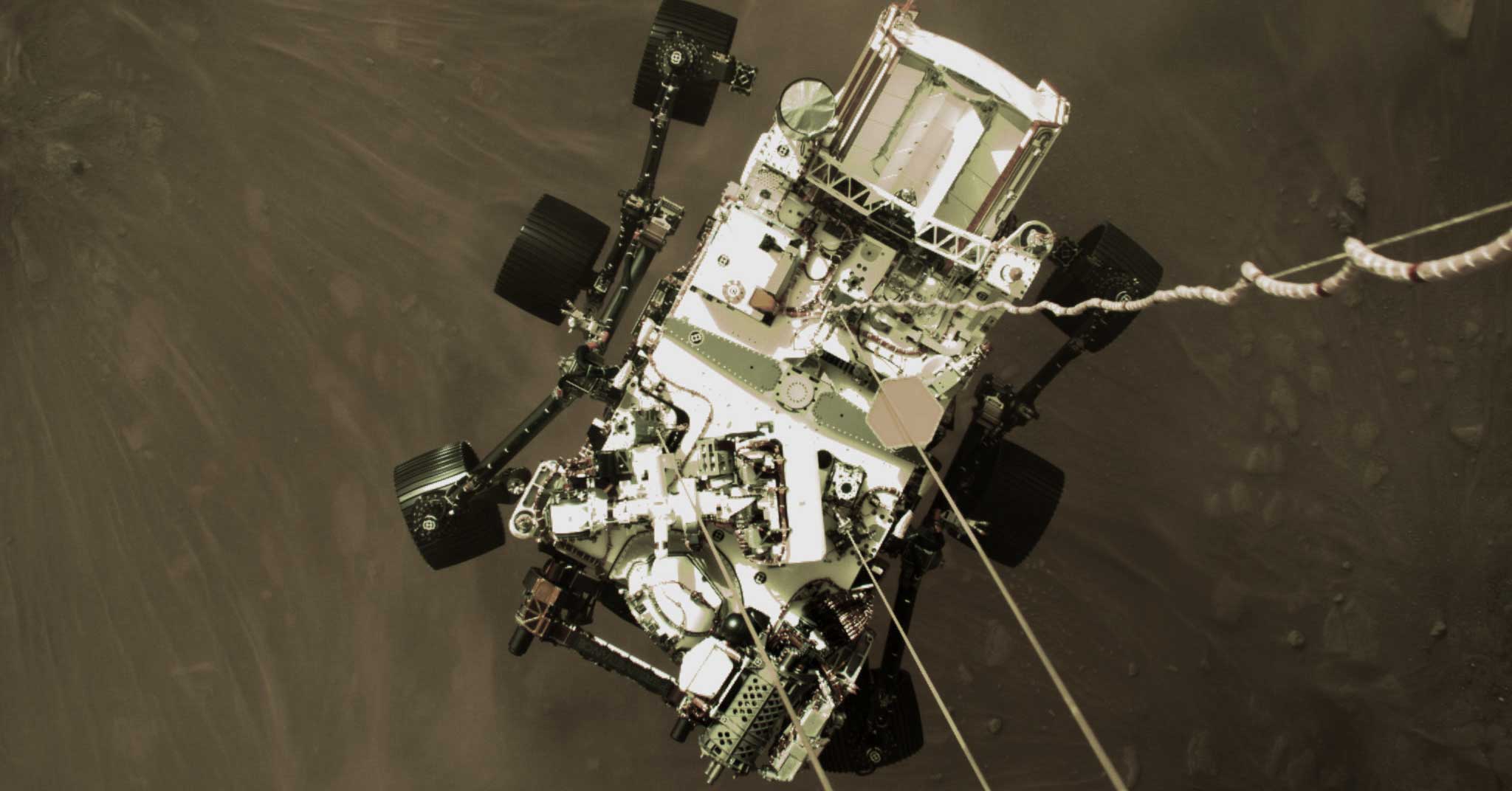In the Coin Mint: Precise Angle Detection for Coin Stamping
In everybody’s pocket: small masterpieces of high-precision mass production
They are one of the few items which we carry with us every single day. Despite the spread of digital means of payment, coins are still a dependable backup at grocery stores, kiosks, ticket machines, and parking meters. Billions of dollar coins are in circulation and each needs to be exactly the same. Each type of coin must show identical heads and tail designs, diameter, edge shape, and weight. Thus, each coin mint of a major currency is an industrial mass producer and must operate with high precision processes.
The Challenge
The diameter of each coin is specified by a thousandth of an inch and their weight by a thousandth of a gram. Equally, heads and tail designs need to be aligned at the same angle. In the minting process, these pictures are applied to coin blanks by dies with a pressure of up to 100 tons. Those dies are accurate copies of a “master hub”. Due to the high precision requirements and high wear of the dies during the minting process, the dies need to be replaced very frequently – approximately 50,000 times per year at major mint operations. Therefore, automating the manufacturing process and ensuring the correct insertion of dies in the stamping machine is key to maximize the yield of coin production.
To ensure the correct rotation angle between the heads and tail dies in the stamping machine, a grinder keys a small section of each of the cylindrical dies at a specified angle relative to the coin design orientation. This way, the dies will fit in the stamping machine at the correct angle. The challenge lies in accurately recognizing the actual angle of the coin-design on the die and providing the correct feedback, so the die is placed at the right angle in the grinder for precision keying.
Besides the algorithmic challenge of recognizing the design angle on the die, the Alignment System also needs to withstand the harsh, wet, and dirty ambient conditions of the CNC steel grinder. The reliability of 24/7 operation without failure and minimal maintenance measures is also necessary.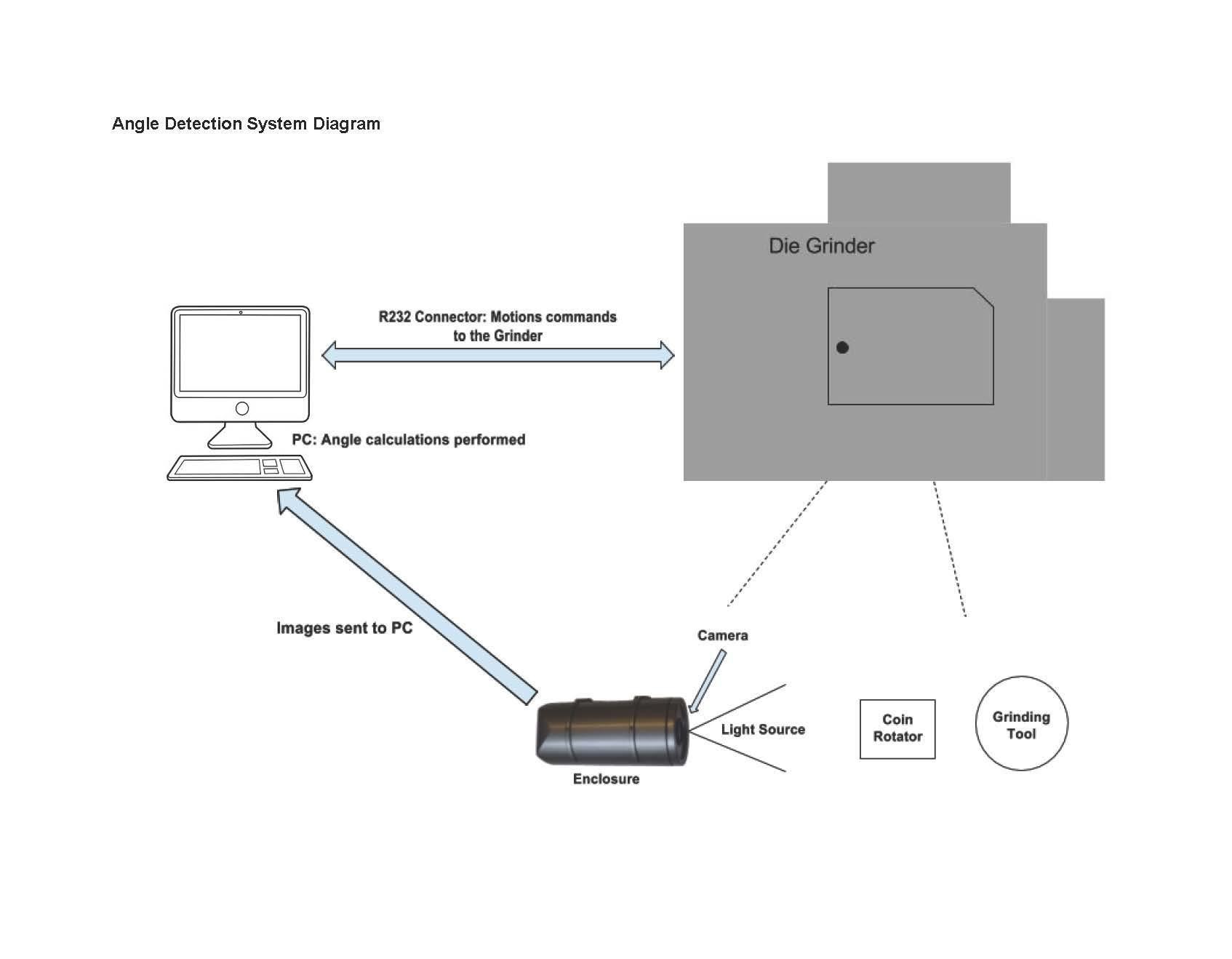
The Solution
Artemis Vision has developed an Alignment System for coin mints that provides the accuracy required in tough and challenging ambient conditions and is able to do so around the clock. Artemis’ system designers have created a compact machine vision system in a robust enclosure, which includes a FLIR Grasshopper3 camera with 2.3 MP resolution and GigE Vision interface. They chose a fixed focal C-mount lens from Tamron with an extension ring, a PC, and diffused light for illuminating the area from the shaft to the die.
The camera uses the Sony Pregius IMX174, which provides the high dynamic range required to cope with the shiny die surface. The Alignment System uses FLIR’s FlyCapture SDK to capture a continuous video stream which it preprocesses on the PC. Then using Microscan’s Visionscape software, the angle is recognized with an accuracy of less than 1/10th of a degree. Results are then fed back to the grinder to rotate the coin die to a precise angle.
The base model of the Angle Detection System measures just 5“ x 12“ and is designed for 24/7 operation. Besides Gigabit Ethernet, the system also features RS-232, USB, RS-485, and digital I/Os as interfaces.
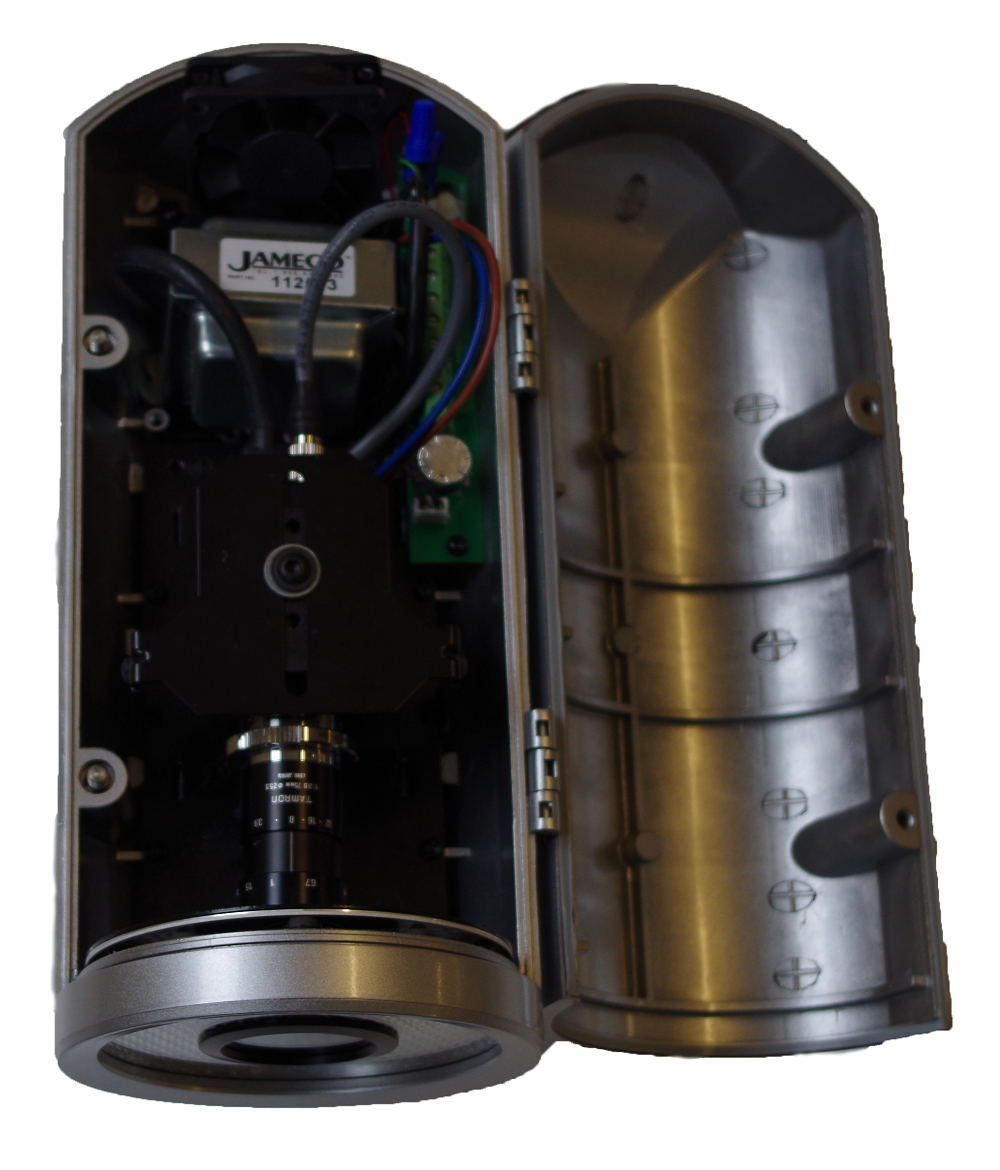
What’s in it for the client?
The Alignment System leads to faster production, higher quality coins, and optimal yield. There is only a small margin of error allowed for the grinder, so the dies must be orientated correctly during pressing to ensure that there are no defects found on the final coins. Mints can encounter poor yield, long downtime, and thus incur unnecessary costs due to incorrectly aligned dies. Defects can be difficult to detect manually, and operators cannot be expected to catch minimal deviations in alignment every time. The Alignment System helps correct these issues by reliably identifying and correcting alignment errors efficiently, and consequently much more accurately than the human eye could succeed in doing.
Why FLIR?
Tom Brennan, President of Artemis Vision, selected the Grasshopper3 GigE Vision camera from FLIR for several good reasons, as he explains: “We rely on FLIR products for this system because in the field we experienced very few failures over many years. The Angle Detection System is embedded into the CNC machine, which makes it difficult to access and support, so we want to be able to depend on the hardware. Among the various GigE Vision camera models available from FLIR, the Sony Pregius IMX174 sensor with 2.3 MP and CMOS global shutter technology has the high dynamic range which is important for the image quality and thus provides the accurate recognition of the angle needed. Thanks to the GigE camera interfaces, the longer distance between the CNC machine with the Angle Detection System inside and the computer can easily be bridged.”
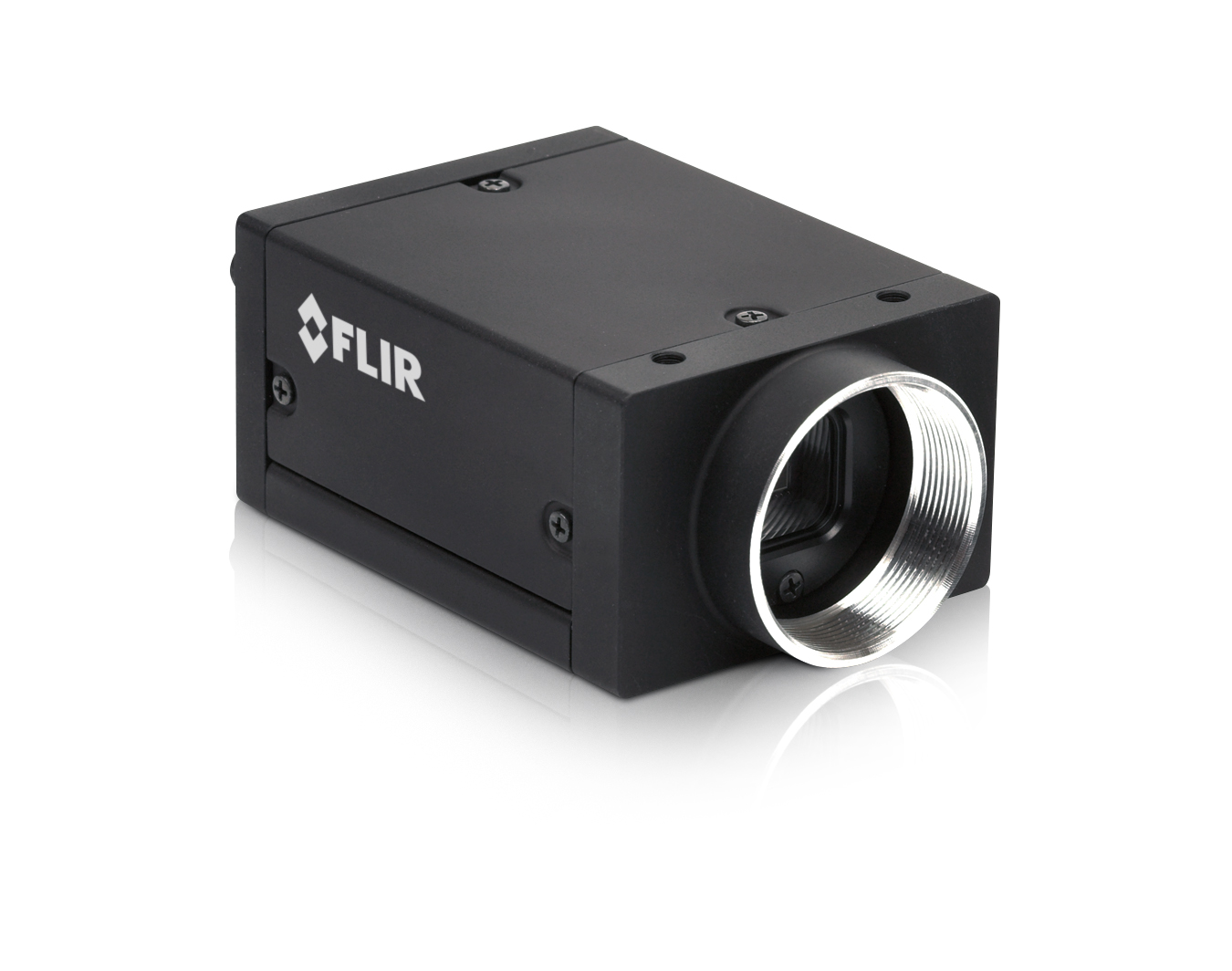
Different challenge? Same solution!
In many stamping, bending, cutting, and other industrial applications, accurate alignment of machinery tools and working materials is key. Thanks to its various control interfaces, the compact and robust enclosure, and a highly modular system design for coin mints, the solution can be flexibly adapted with different lenses to accommodate larger parts as well.
About Artemis Vision
Artemis Vision is a machine vision solution provider that utilizes industry-leading hardware and software engineering to optimize processes. Their approach leverages a fully-equipped test lab, in-house fabrication capabilities, and a software development team to prototype, design, integrate and deliver proven solutions. This unique combination allows Artemis Vision to deliver on time and at an unmatched price-performance ratio.

